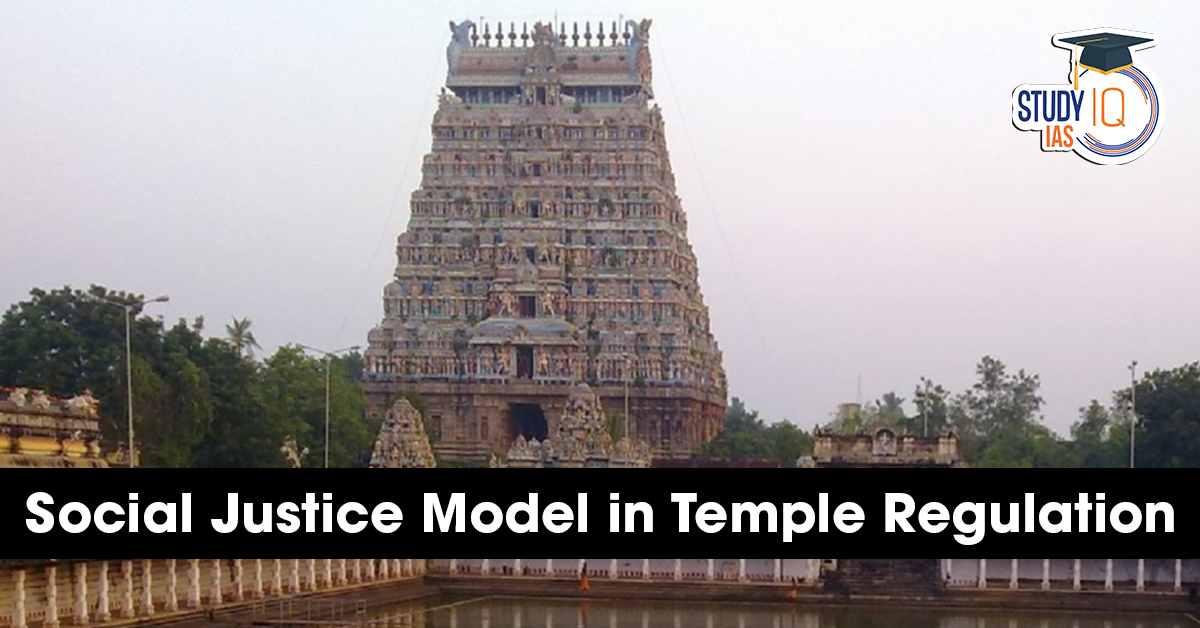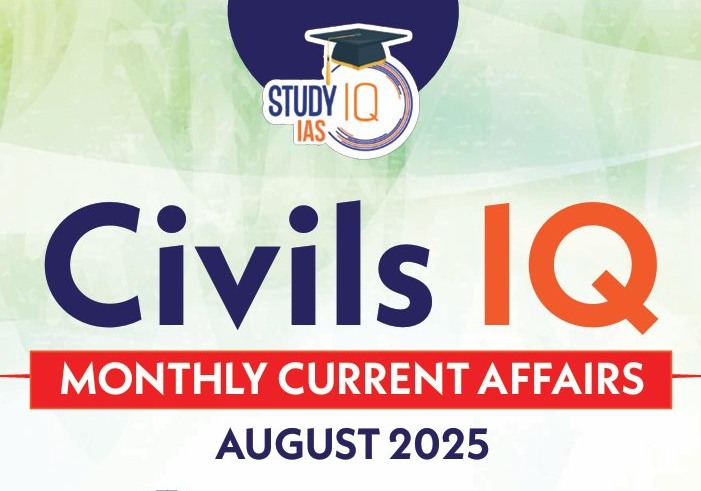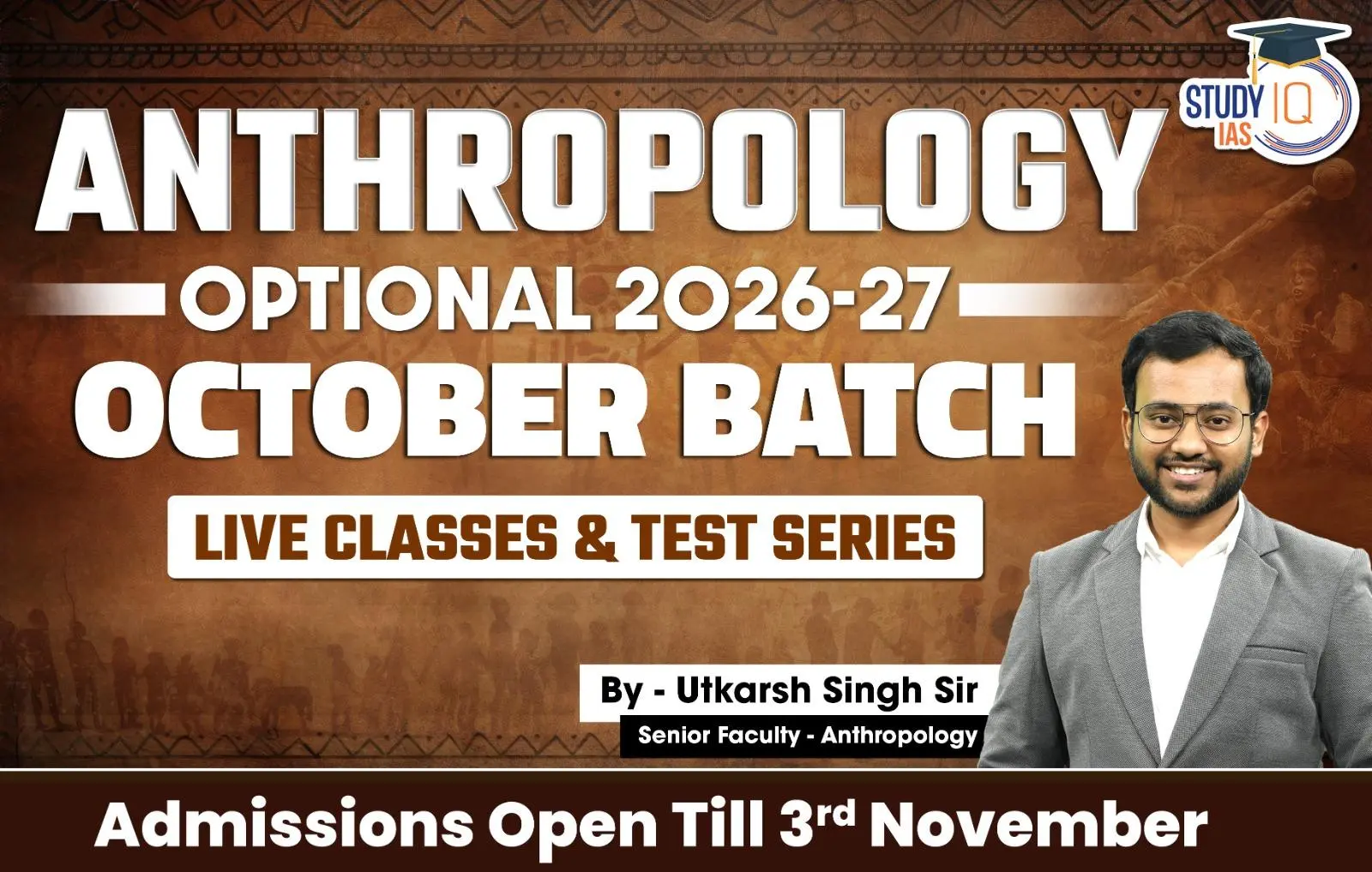Table of Contents
Context: Recently, a political controversy erupted in Tamil Nadu on the issue of diverting temple funds for building colleges. This highlights a 200-year-old legal and social justice model that regulates secular aspects of religion, rooted in colonial-era legislation and strengthened by anti-caste reforms in South India.
Background of the Social Justice Model in Temple Regulation
Colonial Legislative Origins
- Began with the Religious Endowment and Escheats Regulation, 1817, by the East India Company to regulate secular aspects of religious endowments.
- Even after Queen Victoria’s 1858 proclamation to stay away from religious affairs, in Madras Presidency, the British retained oversight over temple finances and land — not rituals — to maintain order and revenue.
Justice Party and Hindu Religious Endowments Act (1925)
- Post-1920, the Justice Party, driven by anti-caste and rationalist ideologies, enacted laws regulating temple administration and enabled the diversion of surplus temple funds for secular welfare purposes, such as education.
- This became the foundation for state control over religious institutions in Tamil Nadu and parts of South India.
Codification in Tamil Nadu Hindu Religious and Charitable Endowments Act, 1959
- Allowed use of surplus temple funds (after temple needs are met) for welfare activities, including colleges and education.
- The law is backed by constitutional validation and judicial endorsement.
Temples as Socio-Cultural Institutions
Historically (Chola, Vijayanagara eras), temples were not just religious sites, but hubs for education, welfare, and community life. This supports the argument for educational use of temple funds as restoration of original purpose.
Social Justice and Anti-Caste Legacy
- Self-Respect Movement pushed for democratizing temple access and appointing non-Brahmin priests.
- Today, Tamil Nadu and Kerala have appointed priests from backwards classes, symbolising inclusive reform under state oversight.
Key Issues Raised in the Current Controversy
- Political Polarisation Around Religion and Fund Usage: Critics argue that diverting temple funds for secular purposes violates religious autonomy, triggering communal and political sentiments.
- Misunderstanding of Legal Provisions: Many are unaware that Sections 36 and 66 of the 1959 Act explicitly allow such diversions with safeguards like surplus-only usage and commissioner approval.
- Selective Outrage and Identity Politics: The issue is often weaponised for electoral gains, rather than discussed in the legal-historical-social context it belongs to.
- Undermining of Social Justice Legacy: Rolling back government oversight would threaten inclusive reforms like temple entry for Dalits and priesthood diversity.
- Need for Transparency and Accountability: Concerns exist about how surplus is calculated, how decisions are made, and public access to fund-use data.
Way Forward
- Public Awareness Campaigns: Educate citizens about the historical and legal legitimacy of temple fund usage for public welfare to counter disinformation.
- Ensure Transparency in Fund Utilization: Regularly publish audit reports, invite public scrutiny, and clarify what counts as “surplus”.
- Strengthen Institutional Oversight: Empower autonomous Temple Boards or Committees with representation from all communities to guide fund use.
- Focus on Purpose-Linked Usage: Ensure funds support activities that align with the temple’s traditional roles, like education, cultural preservation, and social welfare.
- Avoid Blanket Privatization or Deregulation: Removing government oversight risks returning control to caste or community elites, reversing decades of democratization and access.
- Promote a National Dialogue on Religious Endowments: Use the Tamil Nadu model to initiate wider discussions across states for a balanced, inclusive, and accountable religious institutional framework.


 UNEP Adaptation Gap Report 2025: Running...
UNEP Adaptation Gap Report 2025: Running...
 National Crisis Management Committee (NC...
National Crisis Management Committee (NC...
 APEDA Facilitates First-Ever Air Shipmen...
APEDA Facilitates First-Ever Air Shipmen...




















